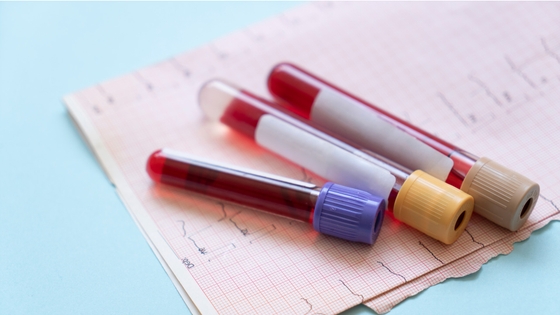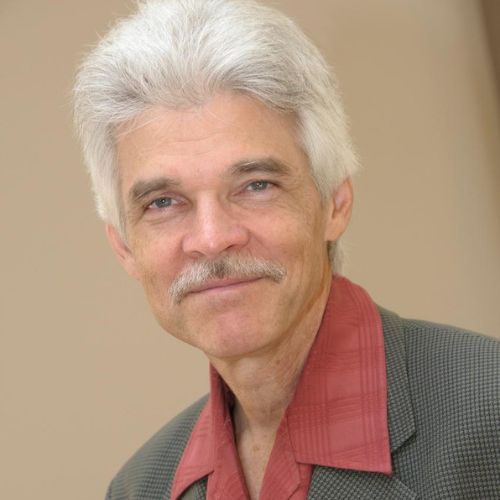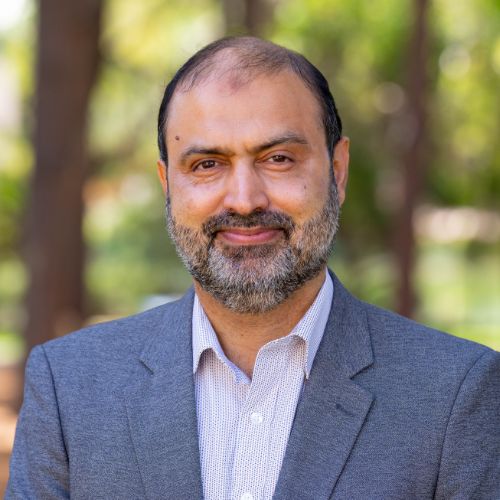
New solutions for blood vessel calcification screening
New solutions for blood vessel calcification screening
Leveraging AI and widely available DEXA imaging can help detect blood vessel calcification early to take action before serious heart disease develops.
Research Heroes – Professor Joshua Lewis
Prof Joshua Lewis studies how bones and blood vessels work together, to help catch and stop diseases before they lead to heart attacks.
Problem
Missed signs, missed opportunities
Too often, cardiovascular disease remains invisible until it becomes catastrophic.
Despite significant advances in cardiovascular treatment, too many individuals remain unaware of their risk until they experience a life-altering or fatal heart attack or stroke. Alarmingly, around 1 in 5 heart attacks are silent, the damage is done before the person even knows they’re at risk.
A major contributor to this challenge is our limited ability to assess the true condition of a person’s blood vessels. Traditional risk assessments rely on indirect indicators like cholesterol levels or blood pressure and do not provide a clear picture of actual arterial health. As a result, signs of early blood vessel disease are frequently missed. Calcium build-up within the walls of the blood vessels can indicate a person’s risk of heart attack in the future.

Solution
Turning bone scans into heart warnings
Our approach is a state-of-the-art, AI-powered solution that automatically detects and quantifies abdominal aortic calcification (AAC) on lateral spine images captured by dual-energy x-ray absorptiometry (DEXA) machines used to assess peoples bone health. This technique converts a widely available scan into a new way of assessing blood vessel health. The system aims to deliver fast, reliable results, in seconds and complements, rather than replaces, existing tests.
By seeking to make early detection easy, affordable, and accessible, our technology can help provide consistent, actionable insights into vascular health - empowering individuals and clinicians to intervene earlier and help prevent serious cardiovascular events.
Impact
The backbone of a better heart check
This project offers a groundbreaking opportunity to shift how cardiovascular disease is detected and prevented – using the scans from machines that are already embedded in healthcare systems worldwide. Each year, approximately 700,000 people undergo DEXA bone density testing in Australia and over 3 million in the United States. By leveraging this existing infrastructure, our AI solution is ready for immediate deployment across health and wellness, and research settings with the goal to secure regulatory approval for clinical settings.
This screening tool can help predict those individuals that are 3 times more likely to have a future cardiovascular event.
Providing people with their AAC results has been shown to drive measurable improvements in cardiovascular risk factors within just 12 weeks. This powerful feedback loop not only motivates behaviour change but allows for earlier, more personalised care.
With clinical validation across Australia, the UK, the US, and Canada, our technology enables earlier detection of blood vessel disease, may reduce long-term healthcare costs through targeted prevention, and may expand access to vascular screening – particularly for populations historically underserved by traditional models.
Our first-mover advantage, combined with exclusive access to one of the world’s largest annotated AAC datasets and growing international interest, places us in a unique position to redefine cardiovascular prevention. This project represents a rare and timely opportunity to transition from reactive treatment to proactive, data-driven heart health initiatives – that aim to save lives, reduce healthcare burden, and improve outcomes on a global scale.
The initial results for me have been life changing. I was most surprised to be informed of evidence of advanced blood vessel disease (my AAC). This was confirmed by a CT scan, and I’ve consulted with a specialist.
Anonymous trial participant
on receiving AAC results
Barbara’s story: how a routine scan revealed hidden heart risk

Barbara’s wake-up call came from an unexpected place – a routine bone scan. It revealed hidden calcium in her arteries – an early warning of heart risk.
Now she’s healthier than ever and advocating for AAC screening: a low-cost, scalable way to detect hidden risk early and act in time.
“I think anyone my age would want to know [about their AAC]. It gave me the motivation to make changes.”
Read her story and how this technology could reshape heart disease detection and prevention.
Meet the team

Disclaimer
The information provided on this page is for general informational purposes about our Catalyst Partner’s project only - see the Disclaimer. If you have any questions or would like more information about this project or Catalyst Partnership Grants, get in touch.
You might also be interested in...

Medical tests for heart disease
Discover the types of heart tests used to detect heart disease, heart blockages, or heart attacks, from routine heart tests to advanced tests for heart disease.

Coronary artery calcium scoring
A coronary artery calcium score uses a CT scan. It measures the amount of calcified plaque (calcium) inside the walls of your heart’s arteries

Smarter screening with lipidomics
The mCVDRisk score is a new blood test that integrates next-generation diagnostics into heart health checks to offer a clearer, more personalised picture of heart disease risk.
.png?format=pjpg&auto=webp)





